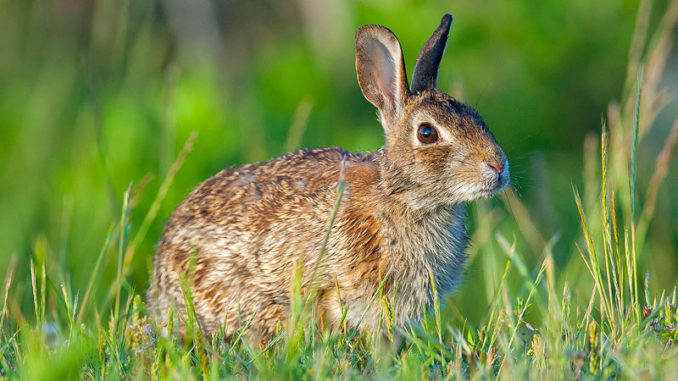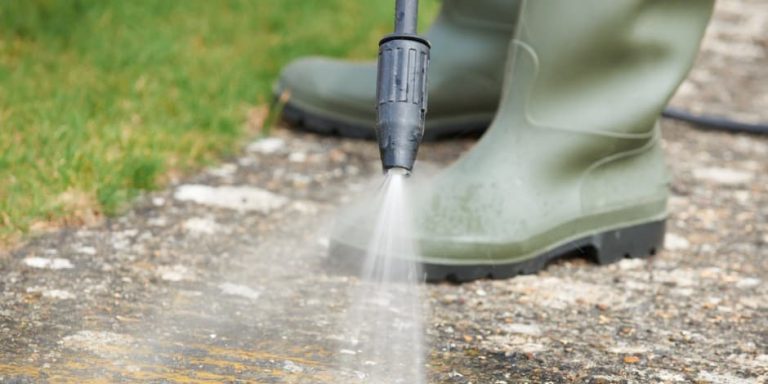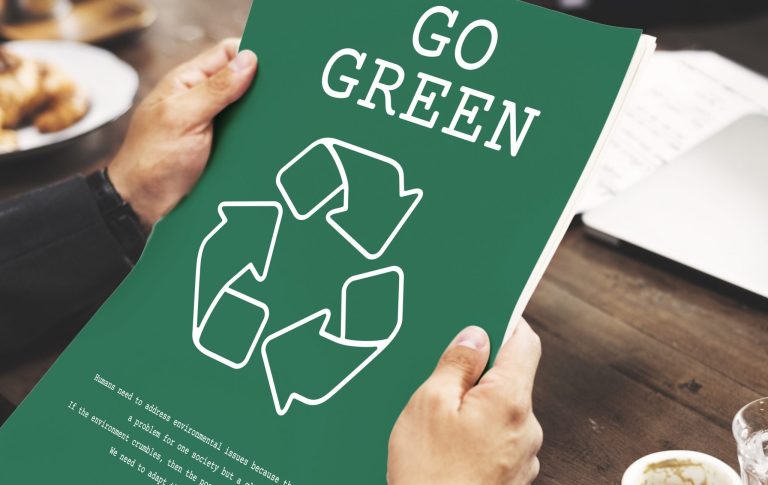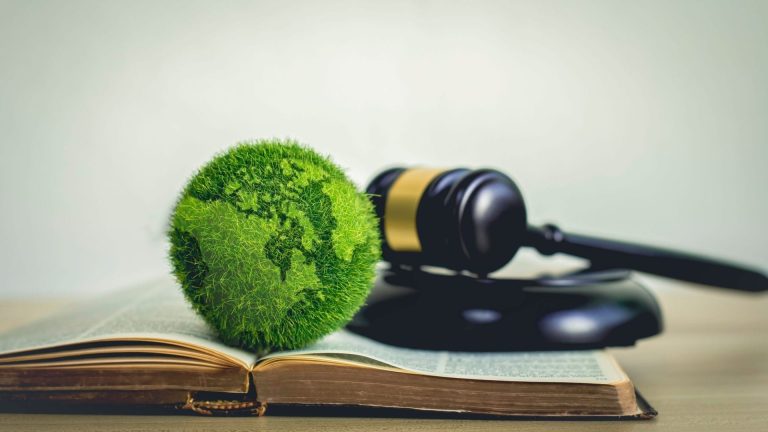
Power washing is a powerful and effective method for removing dirt, mold, algae, and stains from surfaces around homes and businesses. But when not done responsibly, this high-pressure cleaning process can do more than just remove grime — it can unintentionally harm the native plants and wildlife in your local ecosystem. 🌍
Understanding how power washing affects nearby flora and fauna is key to using this tool in an environmentally safe way. Whether you’re a homeowner cleaning your deck or a professional servicing an apartment complex, this guide will help you minimize the unintended consequences of runoff, noise, and chemical exposure.
🌱 What Are Native Plants, and Why Do They Matter?
Native plants are species that have evolved in a specific region over thousands of years. These plants are:
- Naturally adapted to the local climate and soil
- Crucial for pollinators like bees, butterflies, and birds 🐝🦋🐦
- Supportive of soil health, erosion control, and water retention
- Essential food and shelter sources for native wildlife
When native plants are damaged or displaced, it creates a ripple effect across the local ecosystem, destabilizing food chains and opening the door for invasive species to take over.
💦 How Power Washing Can Harm Native Vegetation
Power washing — especially when done without awareness — can have several adverse effects on plant life:
1. Physical Damage from Pressure
- High PSI settings can strip bark, snap stems, or tear through soft leaves
- Fragile plant beds near walls or fences are especially vulnerable to overspray
- Plants close to decks, patios, or walkways may be unintentionally blasted or uprooted
2. Chemical Exposure
Even “mild” cleaners or surfactants can:
- Alter soil chemistry and pH balance
- Kill beneficial microbes in the soil
- Burn or discolor plant leaves
- Leach into the root zone and disrupt plant growth 🌿
Bleach, degreasers, and detergents that run off into garden beds can kill native plants outright or make the soil inhospitable to regrowth.
3. Contaminated Runoff
Water used during power washing often carries:
- Pollutants like oil, paint, or heavy metals
- Concrete residue or paint chips
- Organic waste such as mold or mildew spores
If this water drains into natural areas or landscaping, it can choke out native species and encourage the growth of invasive weeds instead.
🐿️ The Impact on Wildlife
Wildlife — especially smaller creatures — can be severely affected by irresponsible power washing.
1. Disturbance from Noise and Vibration
High-decibel machines and sudden movement can:
- Scare away nesting birds or bats
- Stress small mammals like squirrels, raccoons, or possums
- Disrupt reptiles and amphibians that live under decks, sheds, or rocks 🐸🦎
This type of stress can lead to:
- Abandoned nests or dens
- Increased risk of predation due to displacement
- Interrupted breeding cycles
2. Chemical Ingestion or Absorption
When wildlife comes into contact with contaminated water or ingests it (directly or indirectly), they may suffer from:
- Neurological damage
- Reproductive issues
- Organ failure
- Death in extreme cases
Frogs and other amphibians are particularly vulnerable due to their permeable skin.
3. Habitat Destruction
If you power wash too close to:
- Natural brush areas
- Rock piles
- Water features
- Fallen logs or stumps
You may inadvertently destroy microhabitats that support hundreds of species, from insects to mammals.
🧼 Best Practices to Protect Plants and Wildlife While Power Washing
✅ 1. Survey the Area First
Walk the job site and take note of:
- Native plant beds
- Bird nests or animal burrows
- Sensitive landscaping
- Drainage paths toward green zones
Mark “no spray” zones and clearly communicate them to your team.
✅ 2. Use the Right Equipment
Choose:
- Lower PSI settings near any plant material
- Fan-tip nozzles for gentle rinsing
- Adjustable pressure washers that allow quick setting changes
✅ 3. Use Plant-Friendly Detergents
Only use soaps or cleaners labeled:
- Biodegradable
- Phosphate-free
- Non-toxic to plants and aquatic life
Even better: Try power washing without chemicals when possible. Hot water and pressure alone can remove most grime safely.
Browse Amazon Here For Plant-Friendly Pressure Washing Detergents
✅ 4. Divert or Block Runoff
Use:
- Sandbags
- Drain blockers
- Temporary berms or gutter guards
to prevent contaminated water from reaching garden beds or natural areas.
If you must rinse near landscaping, divert water toward gravel paths or lawns that can filter it naturally.
✅ 5. Avoid Washing During Breeding Seasons
Many native animals breed in spring and early summer. Consider postponing power washing in areas with known nesting birds or burrowing species to avoid disrupting their reproductive cycles. 🪺
✅ 6. Provide a Buffer Zone
Leave a minimum 3–5 foot buffer between power washing activities and native plant zones. Cover nearby plants with tarps or breathable fabric to prevent overspray and chemical exposure.
👩🌾 Consider Landscaping with Native Plants
If you’re re-landscaping after a major power wash job:
- Choose native species known to thrive in your area
- Avoid invasive or high-maintenance ornamentals
- Install rain gardens or bioswales to help filter runoff naturally
Native plants are low-maintenance, drought-resistant, and incredibly beneficial for local wildlife.
🧠 Final Thoughts
Power washing doesn’t have to come at the expense of the environment. With just a few adjustments — like using gentler pressure, safe detergents, and runoff barriers — you can clean responsibly and keep your local ecosystem thriving. 🌍💧
Every action we take in our backyards can either harm or help the native species that depend on these spaces. Let’s choose to protect them — one power wash at a time. 🌱🧼🐾
Browse Amazon Here For Top Rated Power Washers And Accessories






